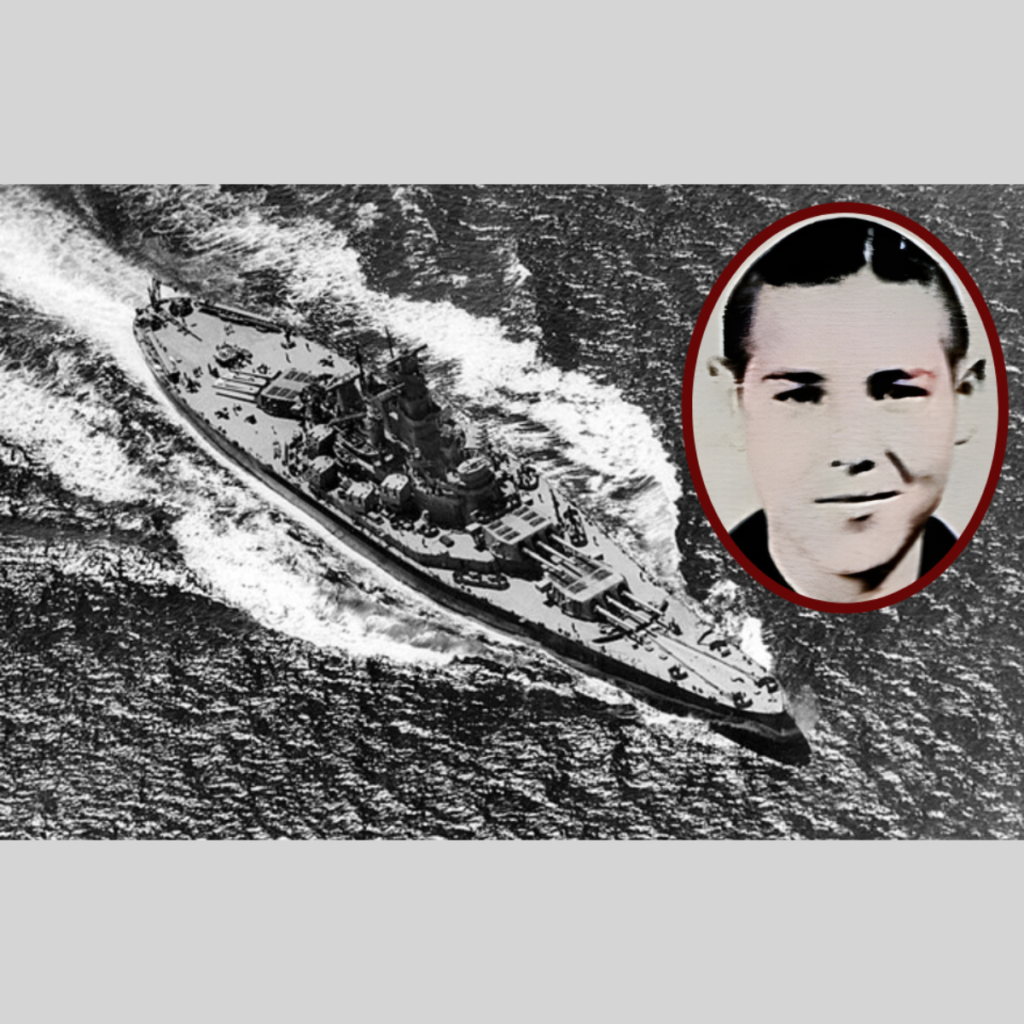
It wasn’t unusual for boys to lie about their age to enlist in World War II. Many tried to persuade recruiters they were old enough to join without parental consent. While teenagers as young as 16 could enlist with parental approval, 12 was far too young. Calvin Graham, however, did just that.
Calvin Graham was driven to enlist following Pearl Harbor
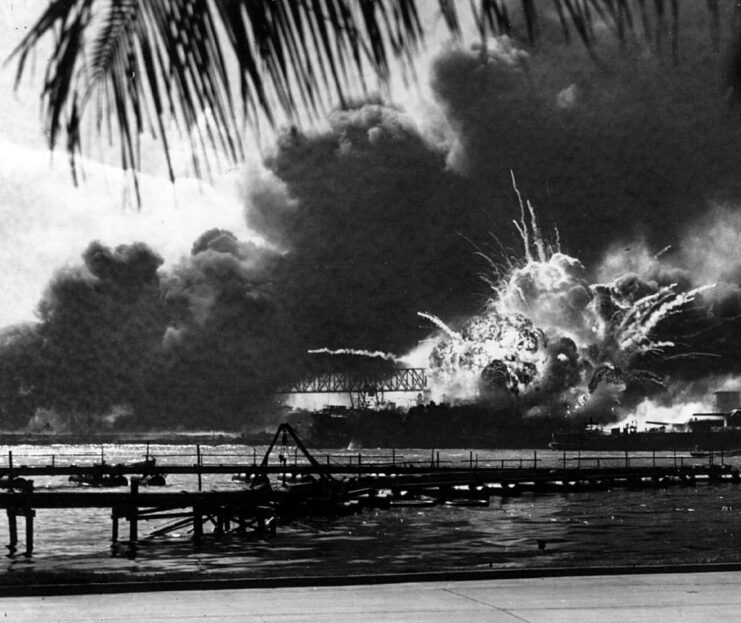
Following the Japanese attack on Pearl Harbor on December 7, 1941, Calvin Graham, like many others, was compelled to enlist in the US military. Born in Canton, Texas, in April 1930, he was mature for an 11-year-old, having had to support himself financially after fleeing an abusive father. He even looked older than his age – he was already shaving!
The first part of Graham’s plan was relatively simple. He forged his mother’s signature on the enlistment papers and swiped a notary stamp from a hotel. After telling his mother he was going to visit relatives, he traveled to Houston, where, on August 15, 1942, he joined others eager to serve their country.
Enlisting in the US Navy
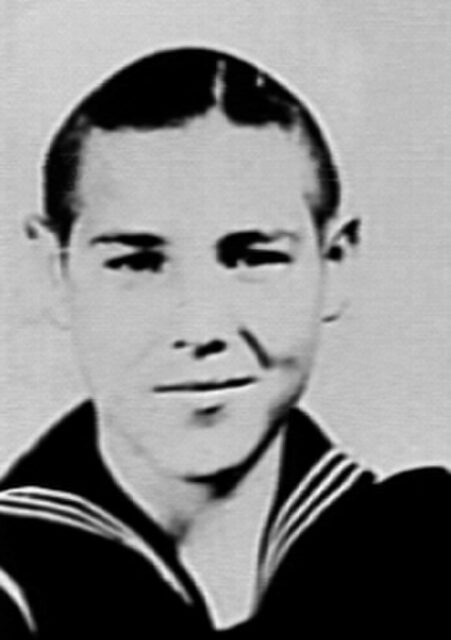
From here, things got trickier. At just five feet, two inches tall, Calvin Graham was rather small, and the clothes he’d borrowed from his brother hung loosely on his pre-teen frame.
The biggest challenge, however, was the dentist, who’d instantly see through Graham’s lie when examining his teeth. As expected, the man caught on, but Graham was ready. Knowing the teenagers ahead of him were probably 14 or 15, not 17 as they’d claimed, he confronted the dentist, who reportedly said he didn’t have time to deal with Graham and allowed him to move forward with his enlistment.
Assigned to the USS South Dakota (BB-57)
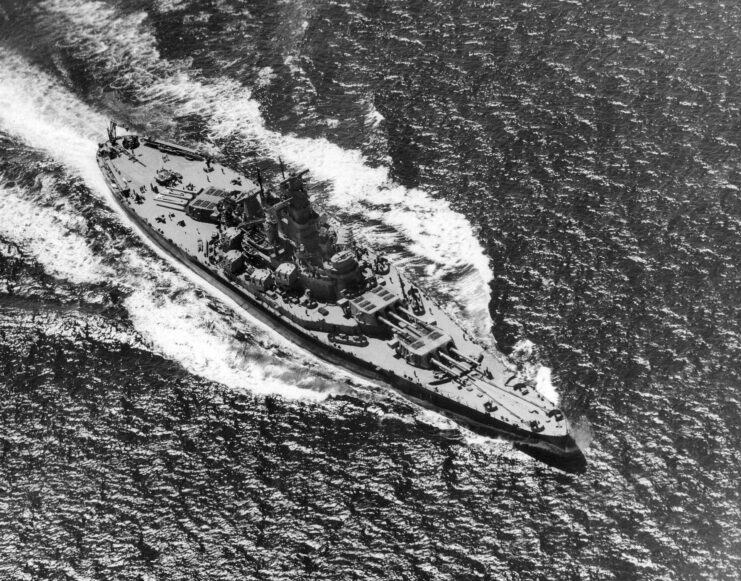
Dropping out of school, Calvin Graham was sent to San Diego for several weeks of boot camp. His instructors knew some of the recruits were underage and made them run extra laps as a consequence.
After training to be an anti-aircraft gunner, Graham was assigned to the USS South Dakota (BB-57), stationed at Pearl Harbor. This fast battleship was part of the same task force as the famed aircraft carrier USS Enterprise (CV-6) and was commanded by Capt. Thomas Leigh Gatch.
Soon enough, the vessel and her crew were on their way to the Pacific Theater, where they’d take part in many significant battles.
Seeing action in the Pacific Theater
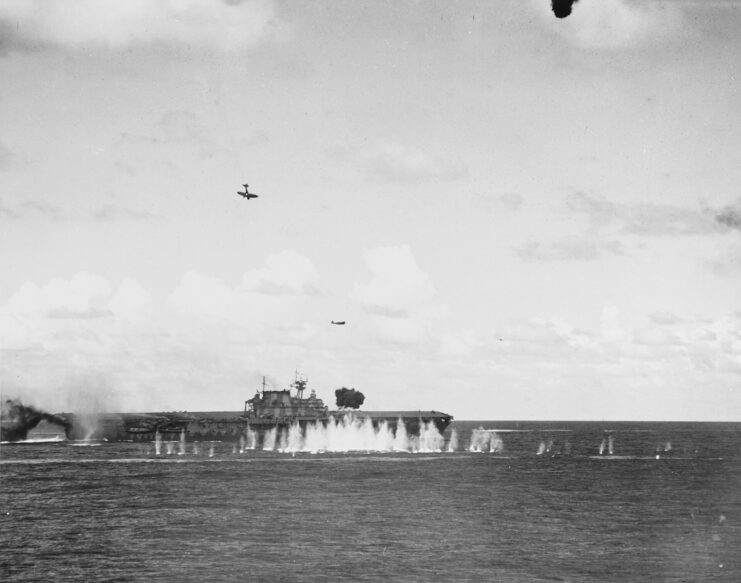
Calvin Graham first experienced combat during the Battle of the Santa Cruz Islands in late October 1942. This engagement resulted in heavy losses on both sides, including the sinking of the USS Hornet (CV-8), and ultimately ended in a stalemate.
A few weeks later, the USS South Dakota was involved in the Naval Battle of Guadalcanal. As part of the broader Guadalcanal Campaign, the engagement began with Japanese bombers targeting the American-held Henderson Field.
What followed was a fierce four-day conflict that significantly depleted the naval forces of both sides.
Calvin Graham and the Naval Battle of Guadalcanal
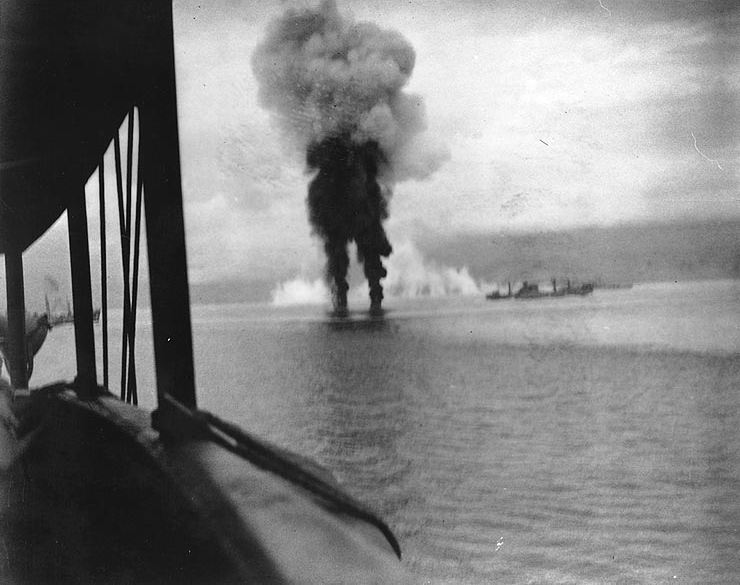
South Dakota sustained 47 hits during the Naval Battle of Guadalcanal, with shrapnel striking Calvin Graham in the face as he delivered a message to an officer. The fragment cut through his jaw and mouth. He was subsequently injured by more shrapnel that sent him tumbling down three stories of the battleship’s superstructure.
Despite these wounds, which would have incapacitated most men, Graham persevered, prioritizing the aid of his comrades over his own safety. “I took belts off the dead and made tourniquets for the living and gave them cigarettes and encouraged them all night,” Smithsonian Magazine reports him as later saying. “It was a long night. It aged me.”
Following the engagement, South Dakota returned to the United States for repairs. In recognition of his bravery, Graham was awarded the Bronze Star and the Purple Heart.
Calvin Graham’s family caught on to his deceit
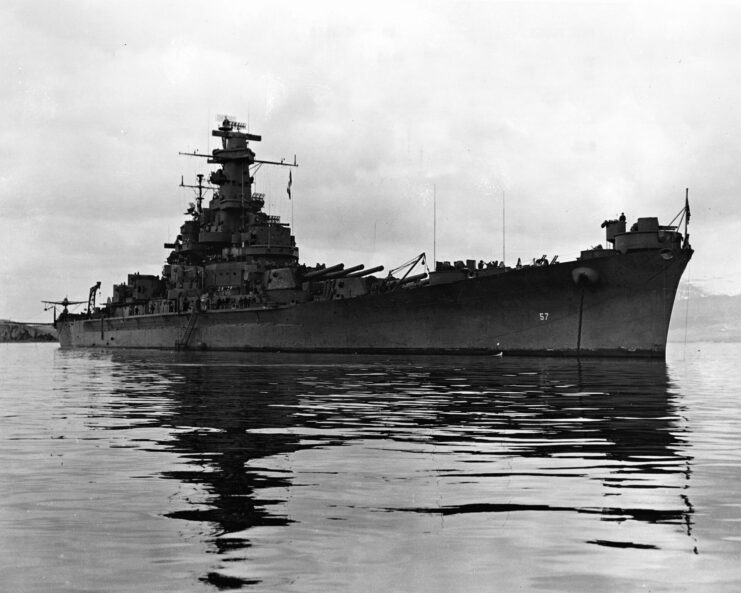
After the Naval Battle of Guadalcanal, Calvin Graham’s mother saw newsreel footage of American action in the Pacific and almost immediately recognized her son’s face. She contacted the US Navy and told the service of his true age, which led to him spending three weeks in the brig. While he tried to return to the USS South Dakota, this never happened because his sister threatened to go to the media.
As a result, Graham’s medals were revoked, and he was dishonorably discharged.
A less than successful post-service life

When Calvin Graham returned to Houston, he was hailed as a hero. However, he soon began to struggle. While he attempted to go back to school, he found himself too far behind his peers to catch up. He married at just 14 and became a father the following year. By 17, his marriage had ended in divorce.
After his divorce, Graham, now legally old enough to enlist, joined the US Marine Corps. However, this stint was also brief, as he fell and broke his back in 1951.
Calvin Graham fought to have his discharge changed
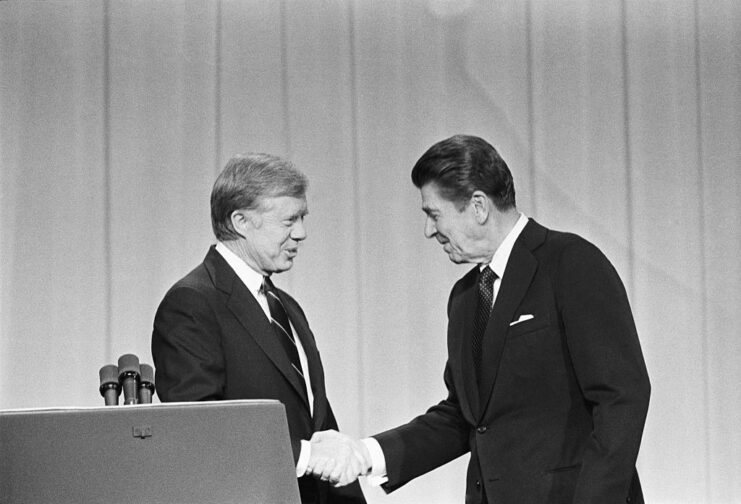
Calvin Graham never got over his dishonorable discharge and, in 1976, decided to take action. He wrote to Jimmy Carter, a fellow US Navy veteran, and pleaded his case. It worked and, in 1978, his discharge was upgraded to “honorable.” He even had his medal returned, although the Purple Heart wasn’t restored until 1994, after his death.
Ten years later, President Ronald Reagan signed a bill into law allowing Graham to receive disability payments from the military.
On November 6, 1992, at the age of 62, Calvin Graham passed away. He was laid to rest at Laurel Land Memorial Park, in Fort Worth, Texas.